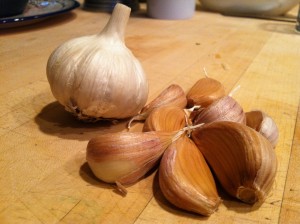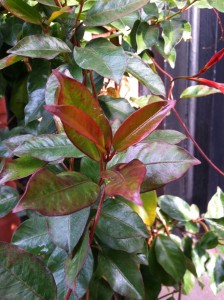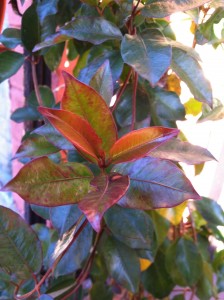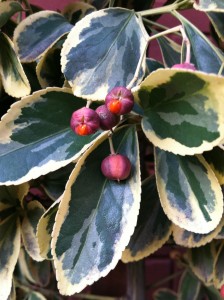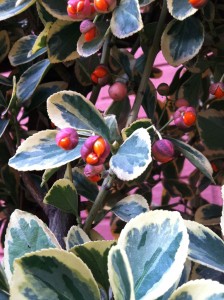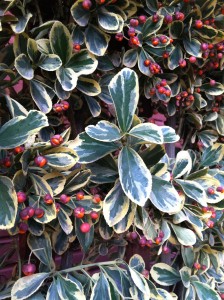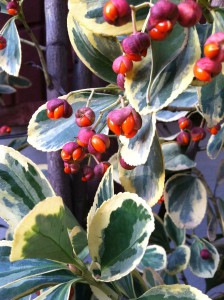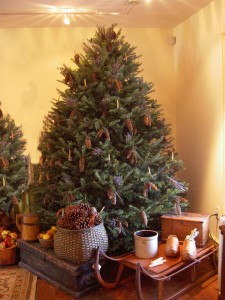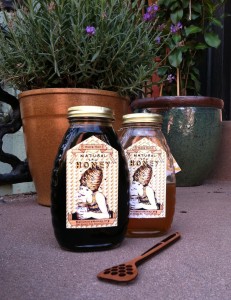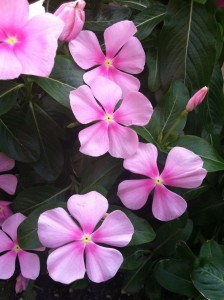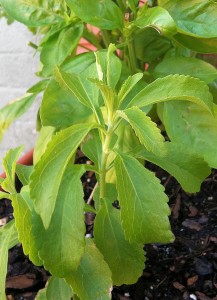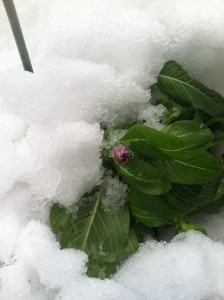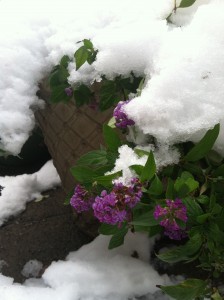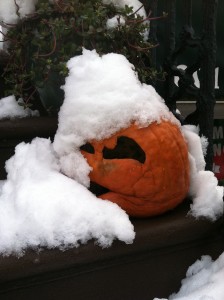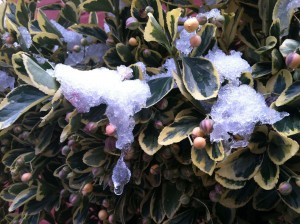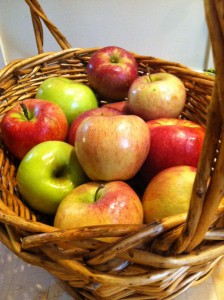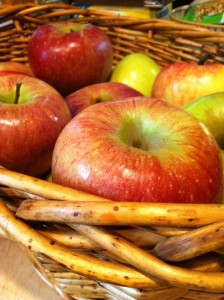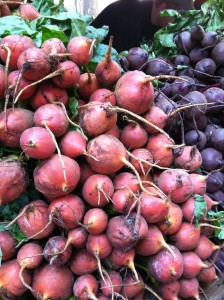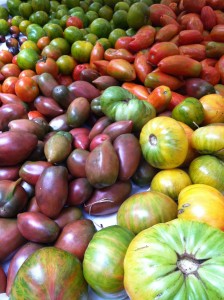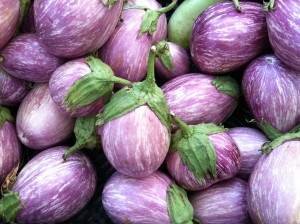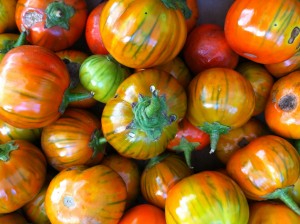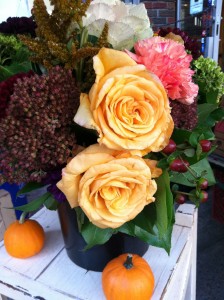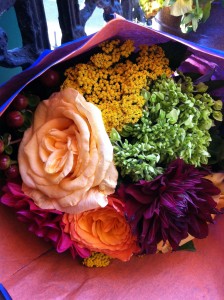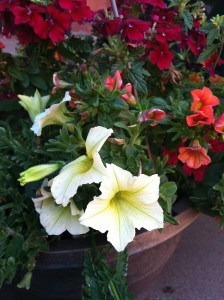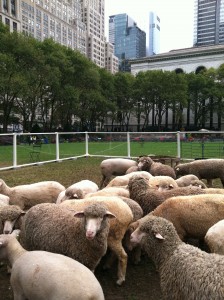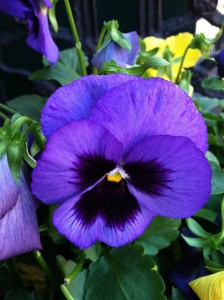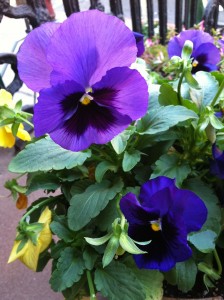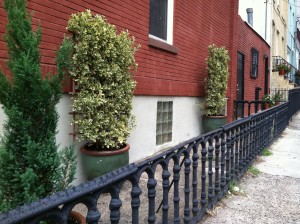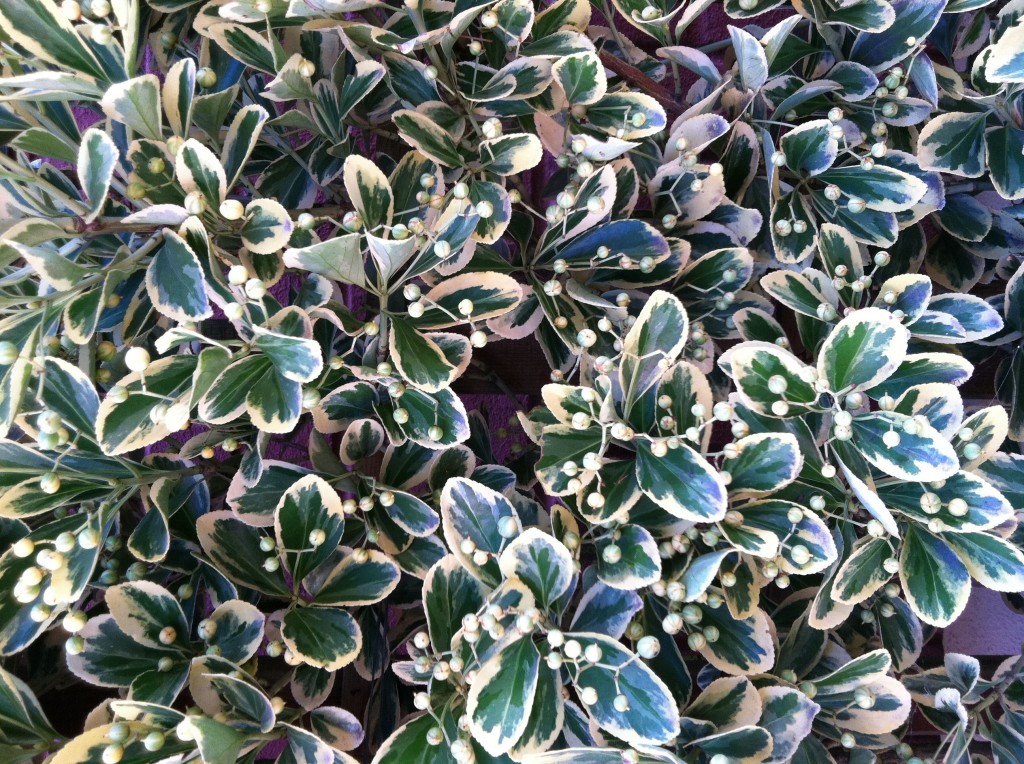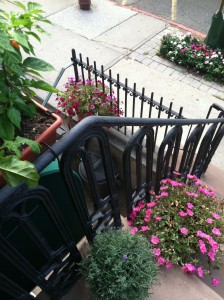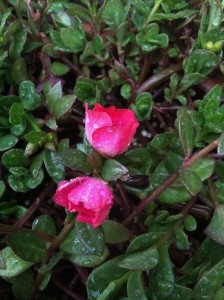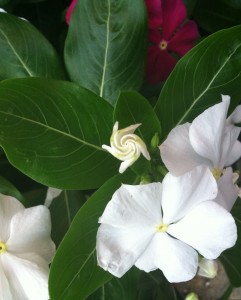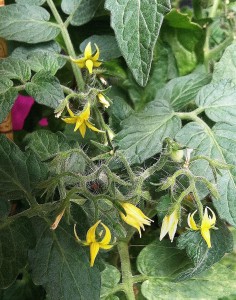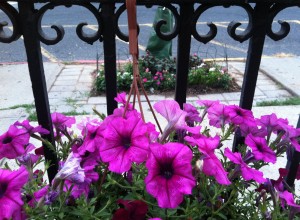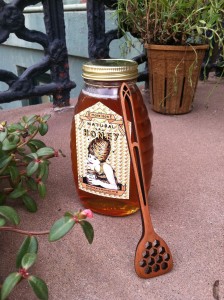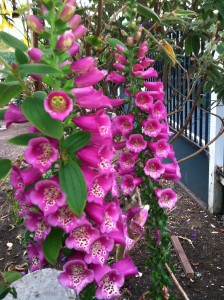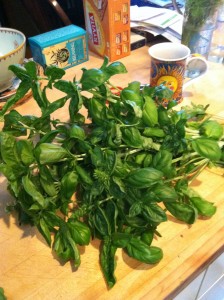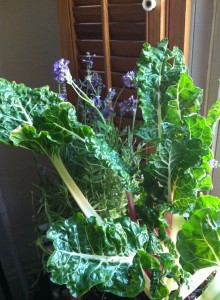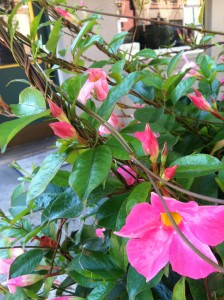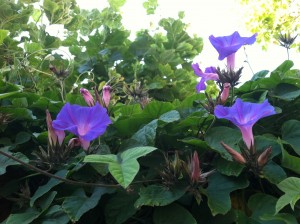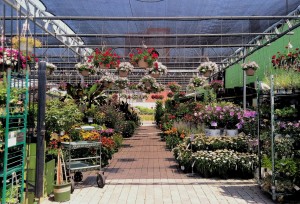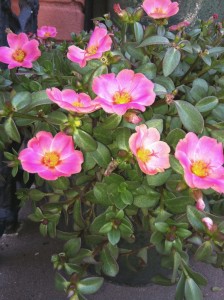 Valentine’s Day is upon us, and with it the promise of wine, roses, and chocolate. Lace-trimmed cards and expensive candlelit dinners will herald eternal love. But not in this household—not this year. I’ve got a new mantra for 2013: Nothing says Valentine’s Day like a compost bin.
Valentine’s Day is upon us, and with it the promise of wine, roses, and chocolate. Lace-trimmed cards and expensive candlelit dinners will herald eternal love. But not in this household—not this year. I’ve got a new mantra for 2013: Nothing says Valentine’s Day like a compost bin.
Trust me. My husband will love it. Ever since I began my container garden, he’s been after me to begin composting. All last year, I blew off his pleas. Exactly which patch of concrete outside our apartment did he think would make a good spot for burying the garbage? Or was he thinking of bringing a worm bin indoors?
Help came to me last month in the form of “The Reluctant Composter,” an article by Elissa Gootman in The New York Times. Prodded by her two young sons, she had looked for urban solutions to composting and had found (and tested) four! I learned that you can order live worms for your worm bin on Amazon. Who knew? (Her sons loved the critters and referred to them as “pets.”) Or you can pay a service to come pick up your garbage once a month. They’ll even bring you back composted soil, if you really want it. Or you can install a stainless steel electric composter in the kitchen—if you don’t mind the occasional odor and actually have room on your crowded countertop for another appliance.
But the solution that spoke to me was the Envirocycle Mini, a small barrel made of recycled BPA-free plastic that you can put outside, next to the outdoor garbage can. You spin it several times a week to ensure good air circulation and to mix your fruit and vegetable peels, coffee grinds, tea bags, egg shells, leaves, and dry grass. As Gootman promised, it is “unobtrusive enough that neighbors would not mind seeing it in a shared outdoor space, but not so nice that someone would likely steal it.” Bingo.
Today it arrived in a big brown box. (The company covers the $45 shipping fee.) It’s sitting inside, waiting to be unpacked—and for the snow to melt enough that we can find a place for it outside. It won’t exactly be a surprise, given that there is no room to hide a box that size. But it will last a lot longer than a box of chocolates—when you care enough to send the very best.

